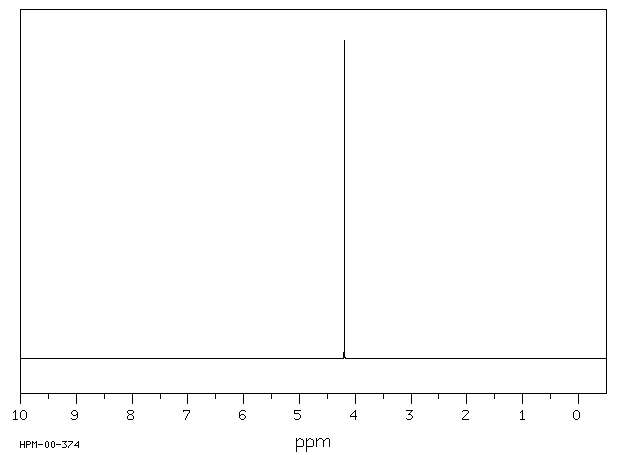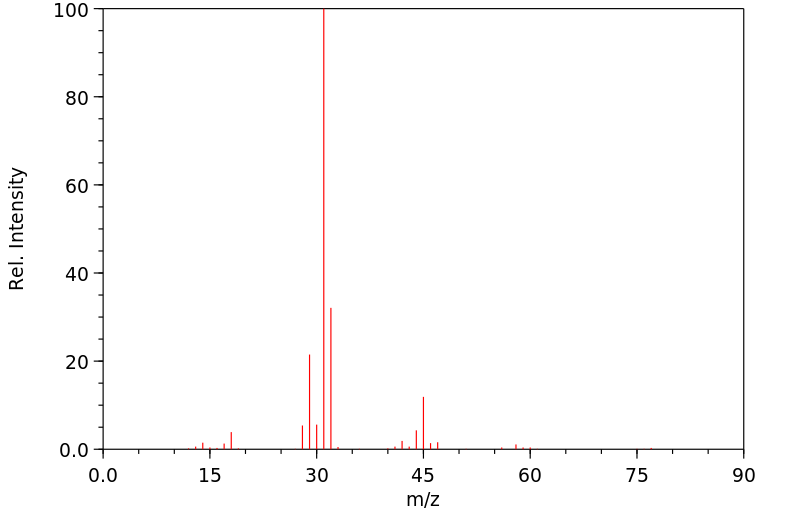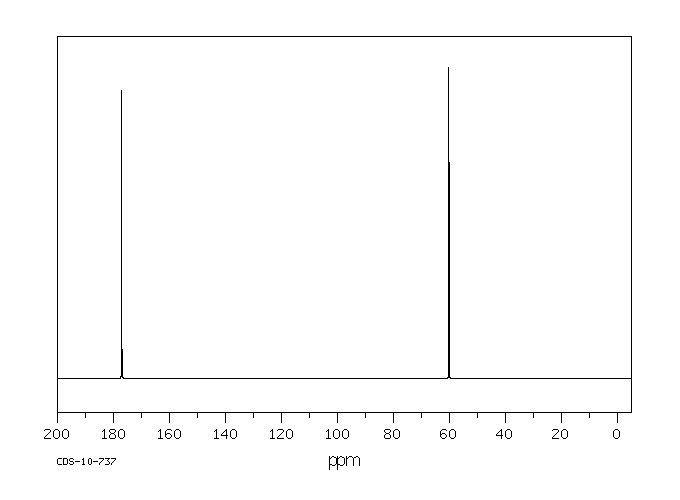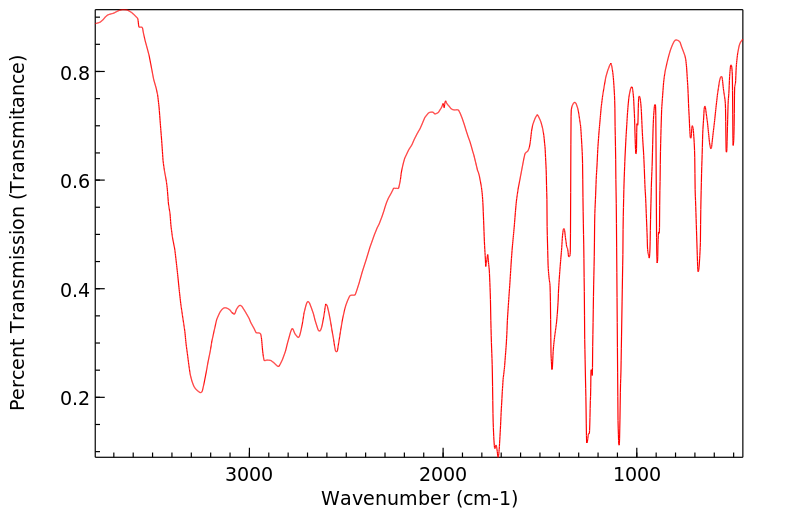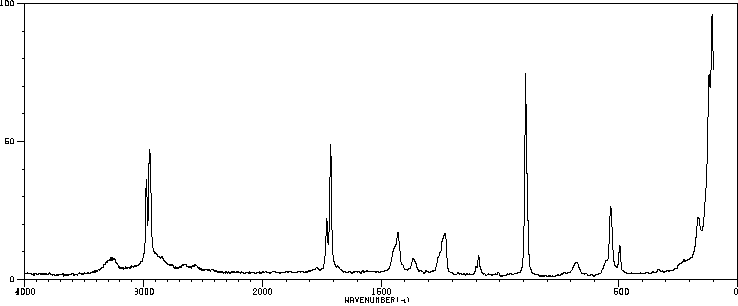代谢
口服给予的乙二醇(EG)及其主要代谢物甘醇酸(GA)和草酸(OX)在怀孕(P;给药时怀孕第10天,GD 10)大鼠体内的动力学进行了比较,并且比较了怀孕和非怀孕(NP)大鼠之间的差异。将4组颈静脉插管雌性大鼠分别给予10(P和NP)、150(P)、500(P)、1000(P)或2500(P和NP)mg(13)C标记的EG/kg体重。在给药后24小时内定期收集血液样本和尿液,并使用GC/MS技术分析EG、GA和OX。确定了EG和GA的药代动力学参数,包括Cmax、Tmax、AUC和beta-t(1/2)。怀孕状态(GD 10-11)对所研究的药代动力学参数没有影响。血液中GA的水平在大约10到150 mg EG/kg的剂量范围内呈剂量比例增加,但从500到1000 mg EG/kg的剂量增加不成比例。当剂量大于或等于500 mg EG/kg时,EG和GA表现出剂量依赖性的尿液消除,这可能是由于EG到GA的代谢转化以及GA到下游代谢物的转化达到饱和。非线性动力学的转变涵盖了大鼠EG发育毒性的NOEL(500 mg EG/kg)和LOEL(1000 mg EG/kg),为GA在EG发育毒性中的作用提供了额外的证据。与大鼠EG发育毒性LOEL相关的母体血液中GA的峰值浓度相当高(363微克/克或4.8 mM血液)。在所有剂量水平下,OX在血液和尿液中的含量都非常低,这表明OX对EG发育毒性并不重要。
The kinetics of orally administered ethylene glycol (EG) and its major metabolites, glycolic acid (GA) and oxalic acid (OX), in pregnant (P; gestation day 10 at dosing, GD 10) rats were compared across doses, and between pregnant and nonpregnant (NP) rats. Groups of 4 jugular vein-cannulated female rats were administered 10 (P and NP), 150 (P), 500 (P), 1000 (P), or 2500 (P and NP) mg (13)C-labelled EG/kg body weight. Serial blood samples and urine were collected over 24-hr postdosing, and analyzed for EG, GA, and OX using GC/MS techniques. Pharmacokinetic parameters including Cmax, Tmax, AUC, and beta-t(1/2) were determined for EG and GA. Pregnancy status (GD 10-11) had no impact on the pharmacokinetic parameters investigated. Blood levels of GA were roughly dose-proportional from 10 to 150 mg EG/kg, but increased disproportionately from 500 to 1000 mg EG/kg. EG and GA exhibited dose-dependent urinary elimination at doses > or = 500 mg EG/kg, probably due to saturation of metabolic conversion of EG to GA, and of GA to downstream metabolites. The shift to nonlinear kinetics encompassed the NOEL (500 mg EG/kg) and LOEL (1000 mg EG/kg) for developmental toxicity of EG in rats, providing additional evidence for the role of GA in EG developmental toxicity. The peak maternal blood concentration of GA associated with the LOEL for developmental toxicity in the rat was quite high (363 microg/g or 4.8 mM blood). OX was a very minor metabolite in both blood and urine at all dose levels, suggesting that OX is not important for EG developmental toxicity.
来源:Hazardous Substances Data Bank (HSDB)


